Vinicunca Rainbow Mountain
Rainbow Mountain (Vinicunca) Travel Guide Introduction Rainbow Mountain, also referred to as Vinicunca, is a stunning natural marvel situated in the Andes of Peru. This extraordinary mountain
Peru is a country that has a lot to offer. Due to the geographic position and Andes mountain range, you can experience the tropical rain-forest, dry Pacific coast, snowy mountains, and all the regions that lie in between those extremes. Not to mention the rich history of the area that makes your trip really special. We hope this Peru travel guide can help you plan your trip, learn about the must-see places in the Netherlands, give you travel tips and ensure you make the most out of your trip to Peru.
Lima – The capital and the largest city of Peru is located in the central coastal part of the country in the valleys of the Chillón, Rímac and Lurín rivers, overlooking the Pacific Ocean. Lima’s history shows the importance of colonial presence in the country.
Cusco – The former capital of the Incan empire with its hilly, cobble-stoned streets and unique architecture makes an impression on everyone.
Puno – Located on the shore of Lake Titicaca, with many llamas and alpacas wandering around, it is a place well worth visiting.
Puerto Maldonado – Also called the “capital of the southern jungle” is a great starting point for jungle trips around Amazon rainforest.
Peru’s diverse landscape, which includes coastal regions, mountains, and jungles, experiences different weather patterns, making the best time to visit dependent on the activities and regions you’re interested in.
General Considerations
Generally, the dry season from May to September is considered the best time to visit Peru. The weather is usually dry and sunny, making it ideal for various outdoor activities, including trekking in the mountains or exploring archaeological sites. However, this period is also the busiest, so you can expect higher tourist crowds and prices, particularly in popular spots like Machu Picchu.
The rainy season, from November to March, sees fewer visitors, which can mean fewer crowds at major tourist spots and lower prices for accommodations. However, the heavier rainfalls might make some outdoor activities challenging, especially in the highlands.
Coastal Regions (Lima, Paracas, Trujillo)
The coastal areas of Peru, including Lima, have an opposite weather pattern to the rest of the country. The summer season from December to March is warm and sunny, making it an excellent time to visit the beach. On the contrary, the winter months (June to October) can be foggy and cool, although it rarely rains.
Highlands (Cusco, Machu Picchu, Lake Titicaca)
The highlands, including Cusco and Machu Picchu, have a clear-cut wet and dry season. The dry season from May to September is the best time for trekking, as trails are generally dry, and skies are often clear, offering magnificent views. However, it’s also the busiest time of the year, especially July and August, so expect large crowds at popular sites.
The wet season from November to March can make trekking difficult due to muddy trails and reduced visibility. However, the landscape is beautifully lush during this time, and tourist crowds are much thinner.
Amazon Rainforest
The Amazon Rainforest can be visited year-round but be prepared for rain at any time. The dry season (May to September) generally sees less rainfall, making it a good time for hiking and wildlife spotting. The wet season (October to April) brings heavy rains, but the river levels rise, making more areas accessible by boat.
Traveling to Peru has become quite straightforward due to its well-connected international and domestic transportation networks. Depending on where you are coming from, you may choose to travel by air, land, or sea.
By Air
The most common way for international travelers to get to Peru is by flying into Jorge Chavez International Airport (LIM) located in Callao, near the capital city of Lima. This airport serves as the main international and domestic hub in Peru.
Major international airlines operate direct flights to Lima from many cities in North America, Europe, and Latin America. These include airlines like LATAM, American Airlines, Delta, and Air France among others.
From Lima, numerous domestic flights operated by local airlines such as LATAM and Sky Airlines Peru can take you to other parts of Peru.
Sky Airlines Peru Website: https://www.skyairline.com/peru
Other important airports in Peru include Alejandro Velasco Astete International Airport (CUZ) in Cusco and FAP Captain Guillermo Concha Iberico International Airport (PIU) in Piura.
By Land
Traveling to Peru by land is possible from neighboring countries like Ecuador, Colombia, Brazil, Bolivia, and Chile. You can use international bus services such as Cruz del Sur or Ormeño.
These buses are quite comfortable and well-equipped for long journeys, offering reclining seats, meals, and onboard entertainment.
By Sea
For those who prefer to travel by sea, Peru can be reached by taking a cruise to the port of Callao. Several cruise lines, including Holland America Line and Princess Cruises, include Callao in their South American itineraries.
Inside the cities, there are usually no problem getting around on city buses or taxis. “Taxi” does not necessarily mean a car, the term in Peru also refers to bicycles, motor rickshaws, and motorbikes for hire. “Micros” are also convenient ways to move around the city. There are small minivans or Coaster buses, also known as “combis” and “custers”. They do not have actual bus stops but fixed routes and can stop anywhere.
The bus is the most convenient way to travel between different cities. Buses usually start from fixed points or the central bus terminal. It is a good idea to buy your ticket one day in advance. Some main roads, especially along the coastal strip, are paved, but there are still a lot of dirt roads in very poor condition. In the rainy season, landslides may block even major roads and some roads can be especially dangerous.
Because of the distances involved and the conditions of the roads in some remote parts of the country, it may be better to fly, which most people do, especially between Lima and Cusco or the Amazon and Lima/Cusco.
Try the meat of a Cuy (aka guinea pig) and Alpaca. Maybe a taboo for foreigners, but for locals, Cuy and Alpaca are considered a delicacy.
Eat the delicious Churros. Churros are long sticks of dough piped out from a star-shaped nozzle straight into hot oil and fried. You can find them everywhere throughout the cities, from carts in the street to specialized churro stores in the malls.
Drink the tea from Coca leaves. Coca Tea or “Mate de Coca” is a tea made from the leaves of the coca plant. It is legal to drink this tea in Peru and it is great for adjusting to the altitude or after a heavy meal.
Learn basic words in Spanish. Locals love it when they see you are making an effort to learn their language.
Do not underestimate the higher altitude. If you do not have experience with higher altitudes above 3,500m (12,000 ft), you might have a hard time adjusting to it.
Pack for all seasons: Peru’s weather is a bit of a mixed bag. From sunny beaches to chilly highlands, you’ll need everything from sunglasses to thermals. So, layer up and pack for all eventualities!
Don’t forget travel insurance: With adventure activities like hiking, white water rafting, and paragliding on offer, it’s worth having travel insurance just in case.
Rainbow Mountain (Vinicunca) Travel Guide Introduction Rainbow Mountain, also referred to as Vinicunca, is a stunning natural marvel situated in the Andes of Peru. This extraordinary mountain
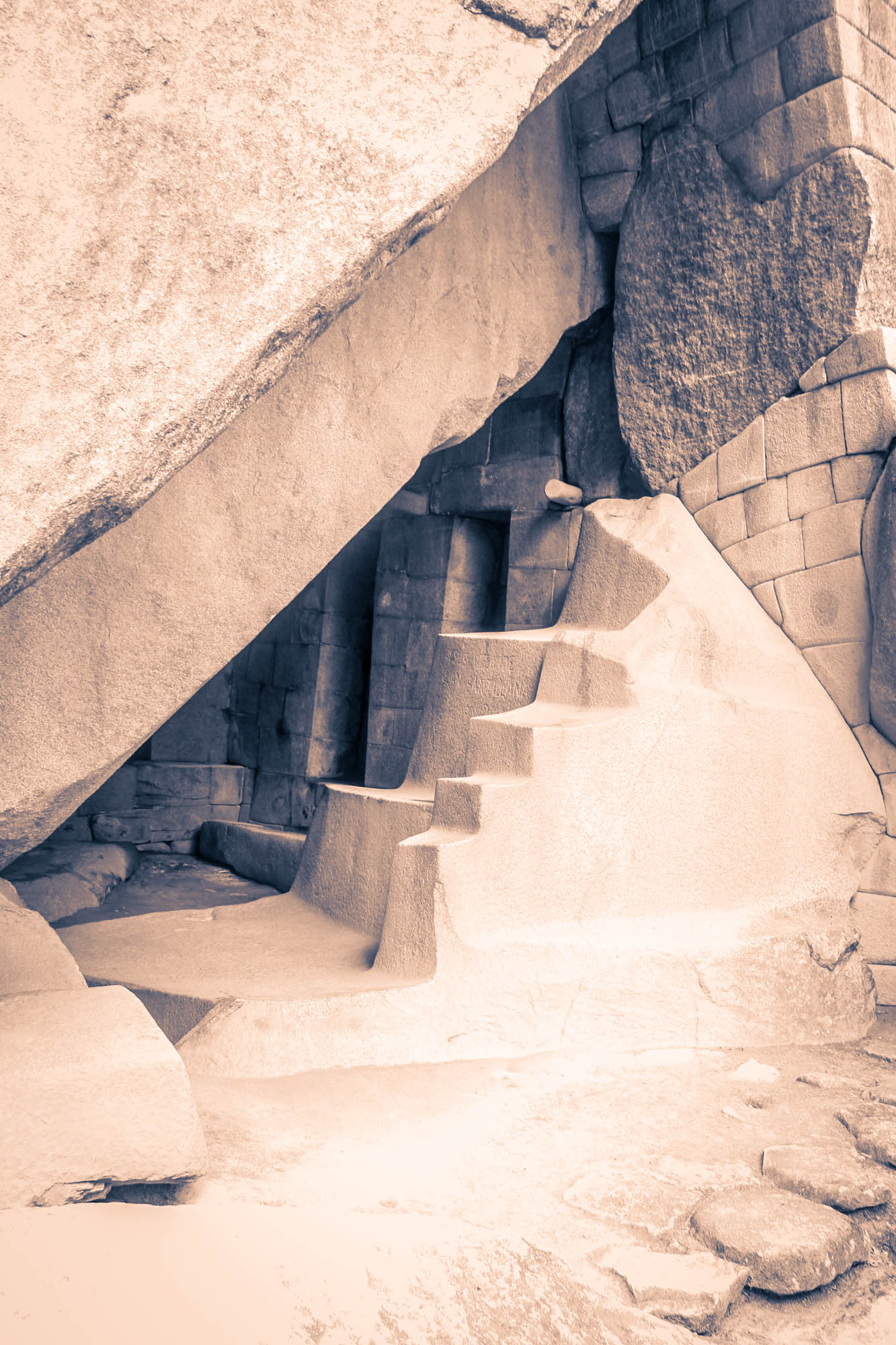
The Royal Tomb was the place where sacrificial and burial rituals took place. There were more than 100 skeletons excavated from the cave-like tomb. This Mausoleum is
Chankillo Solar Observatory Travel Guide Introduction Chankillo, often dubbed the “”Stonehenge of the Americas,”” is an ancient archaeological site nestled in the Casma Valley of Peru. This
Parque Kennedy – Parque Central de Miraflores located in Cercado de Lima
Mercado de Artesanías La Ciudadela Travel Guide La Ciudadela is a must-see spot for anyone who loves folk art and handicrafts. Nestled in the heart of Mexico
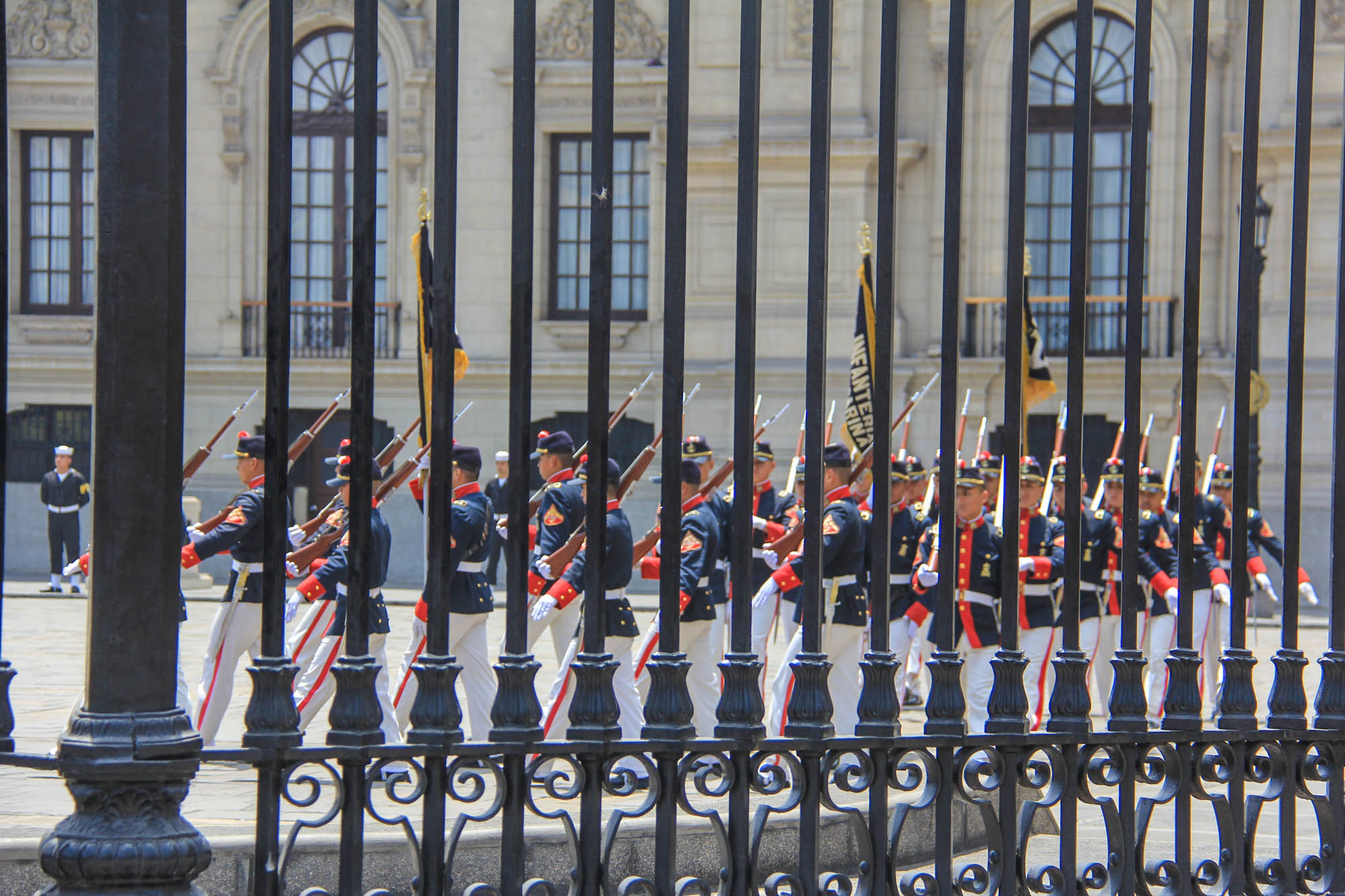
You shouldn’t miss the changing of the guards which takes place each day at noon at the main square. The old martial ceremony takes place, similarly than
Unforgettable Dining at Maido in Lima, Peru Maido in Lima, Peru, offers an extraordinary dining experience that any food enthusiast should not miss, especially those interested in
Located at the Sanctuary Lodge, this restaurants offers elegant dining with a view of Machu Picchu. 589
A spacious restaurants featuring a mix of international and Peruvian cuisine with an open kitchen concept. 587
A cozy restaurants serving classic Peruvian dishes with a focus on fresh ingredients. 608

Cusco, Peru Photos
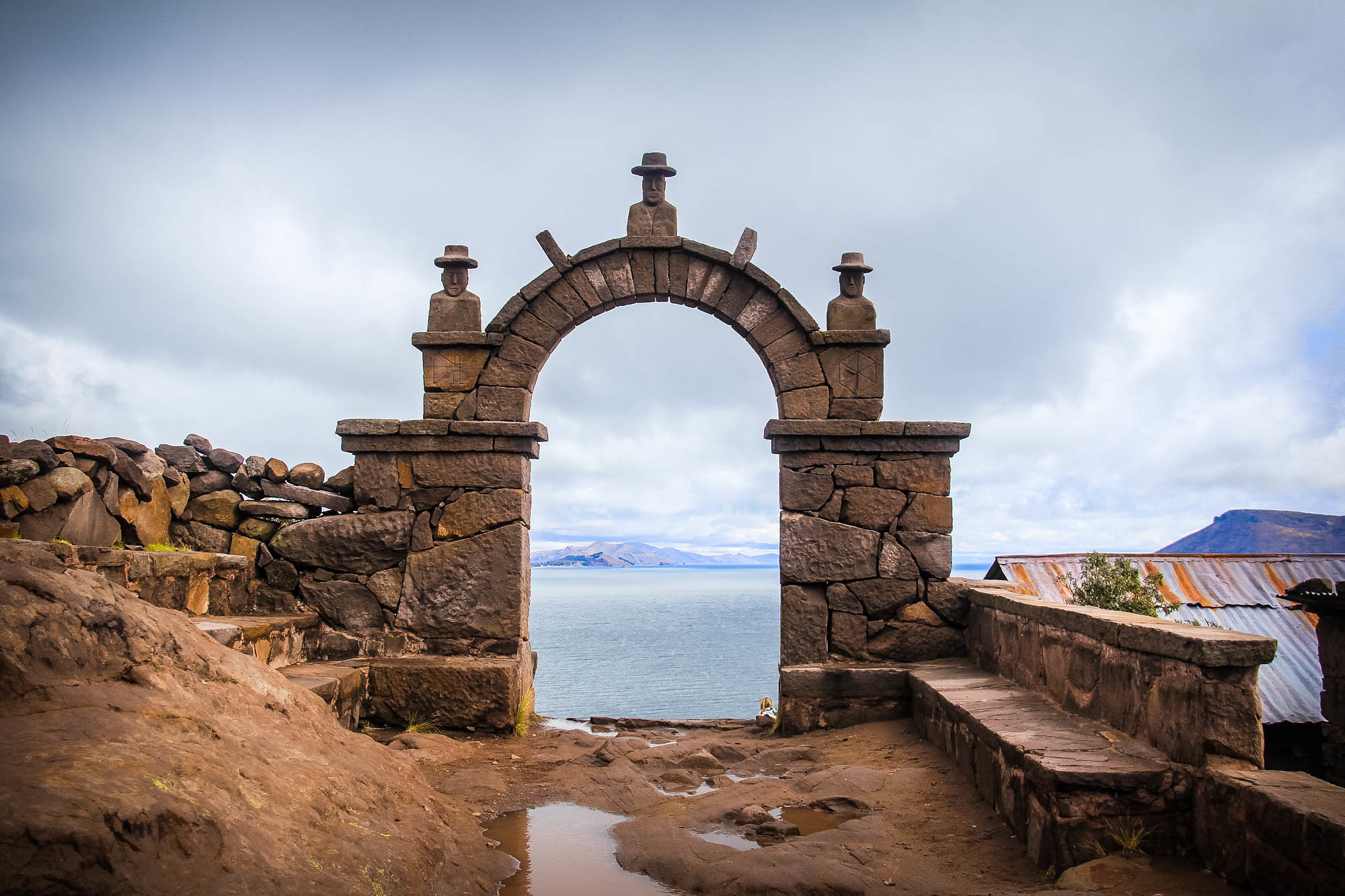
Lake Titicaca, Peru Photos
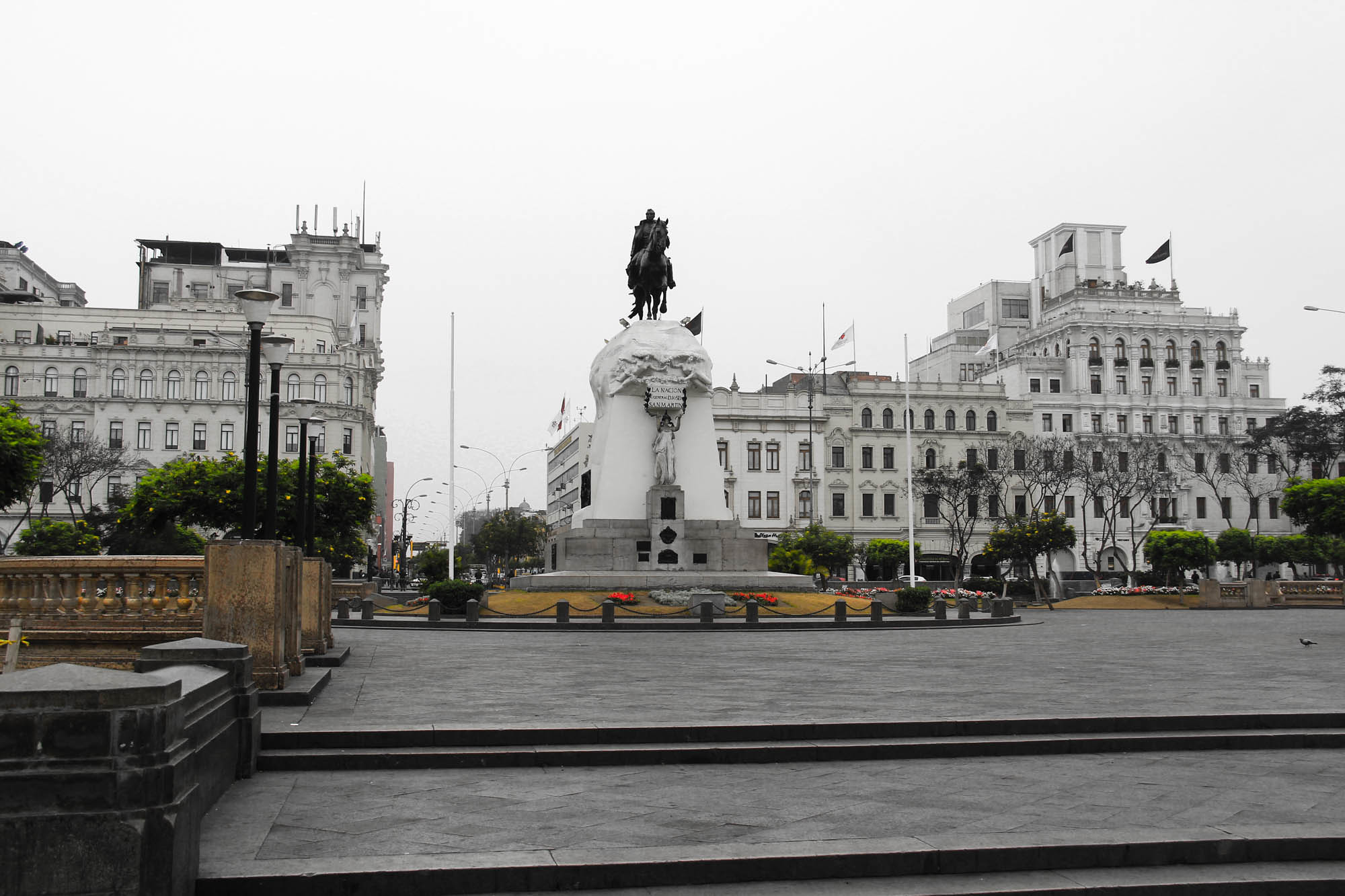
Lima, Peru Photos
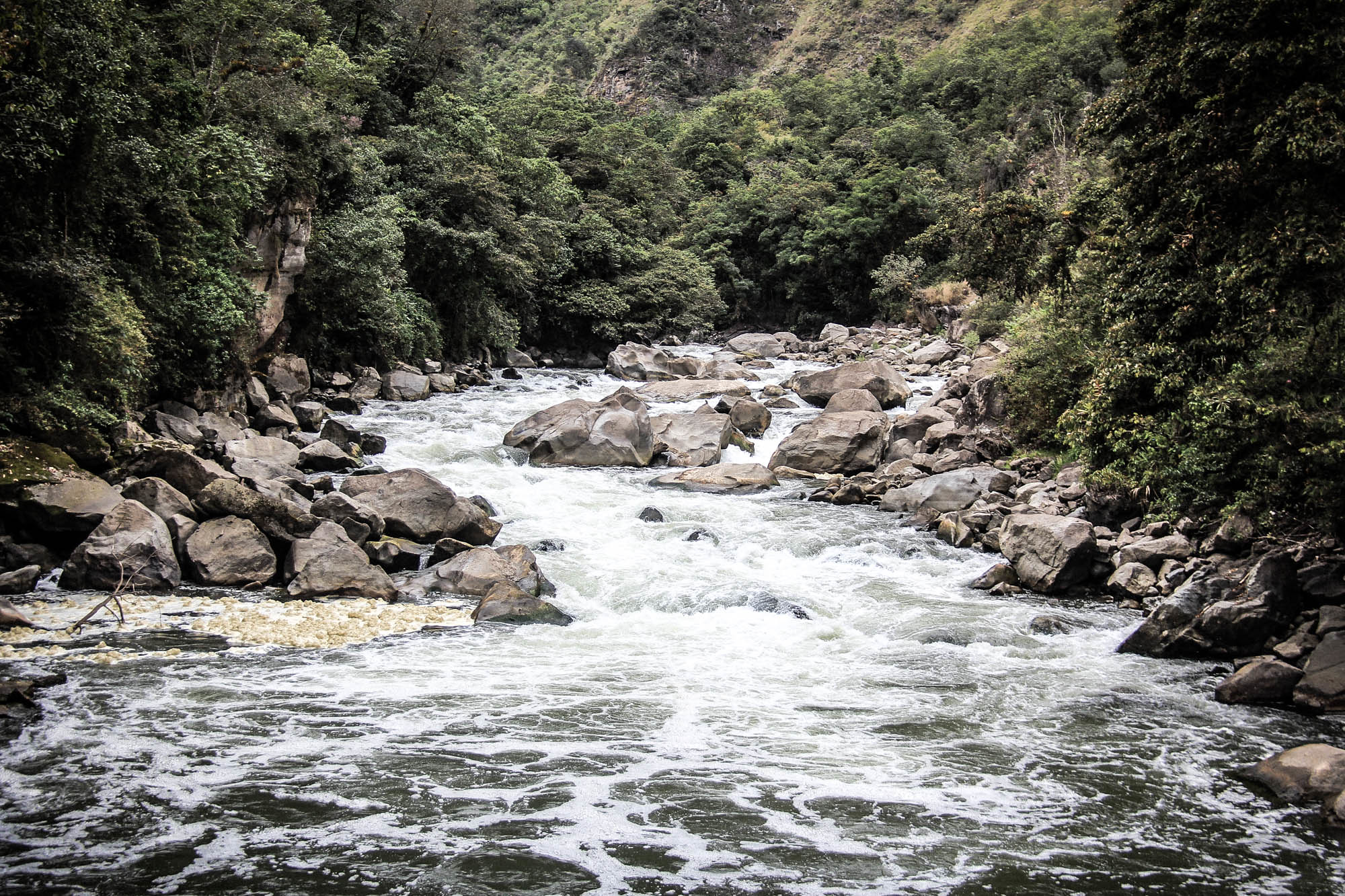
Incan Trail & Machu Picchu Photos
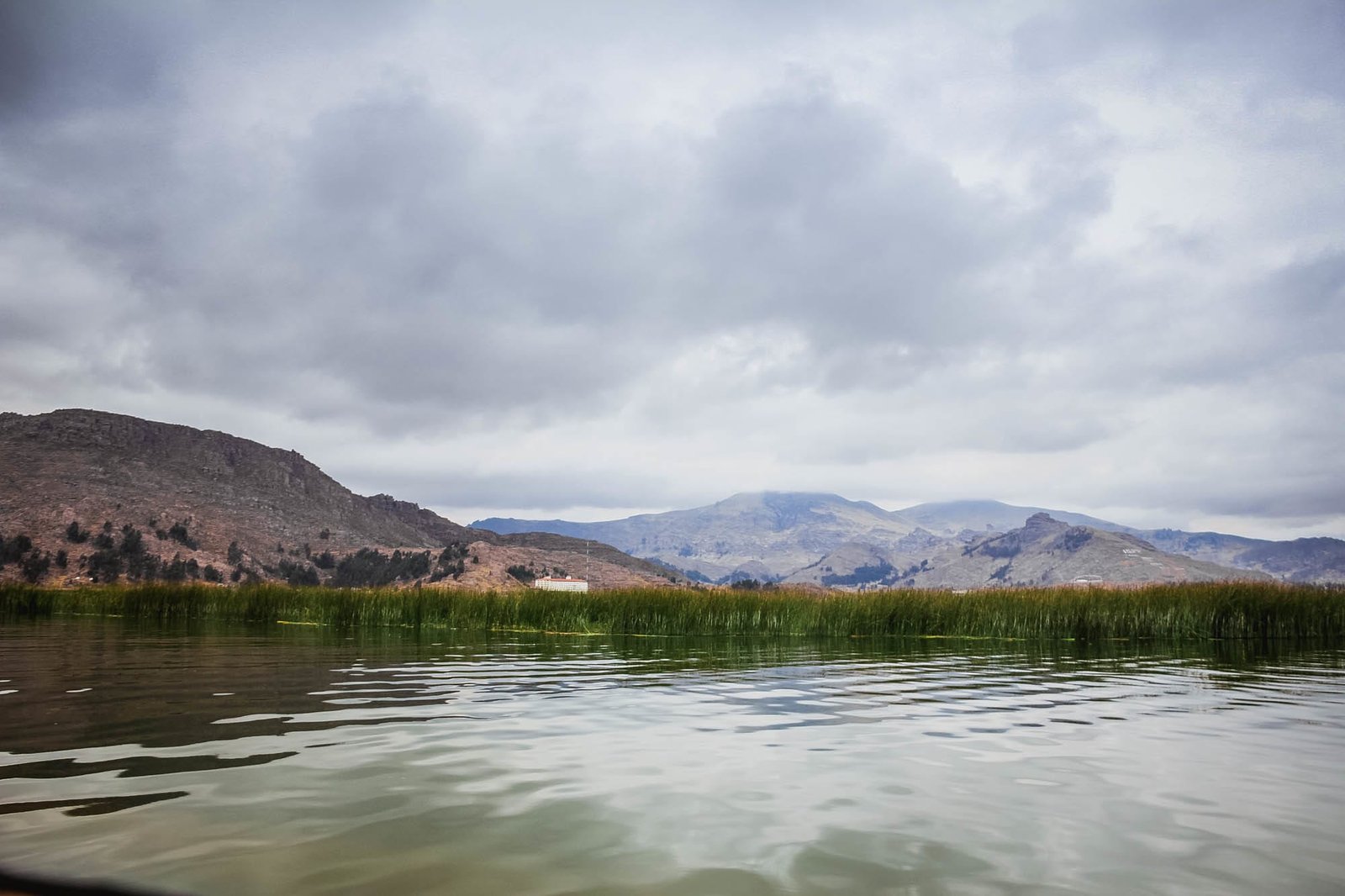
Uros Floating Islands, Peru Photos
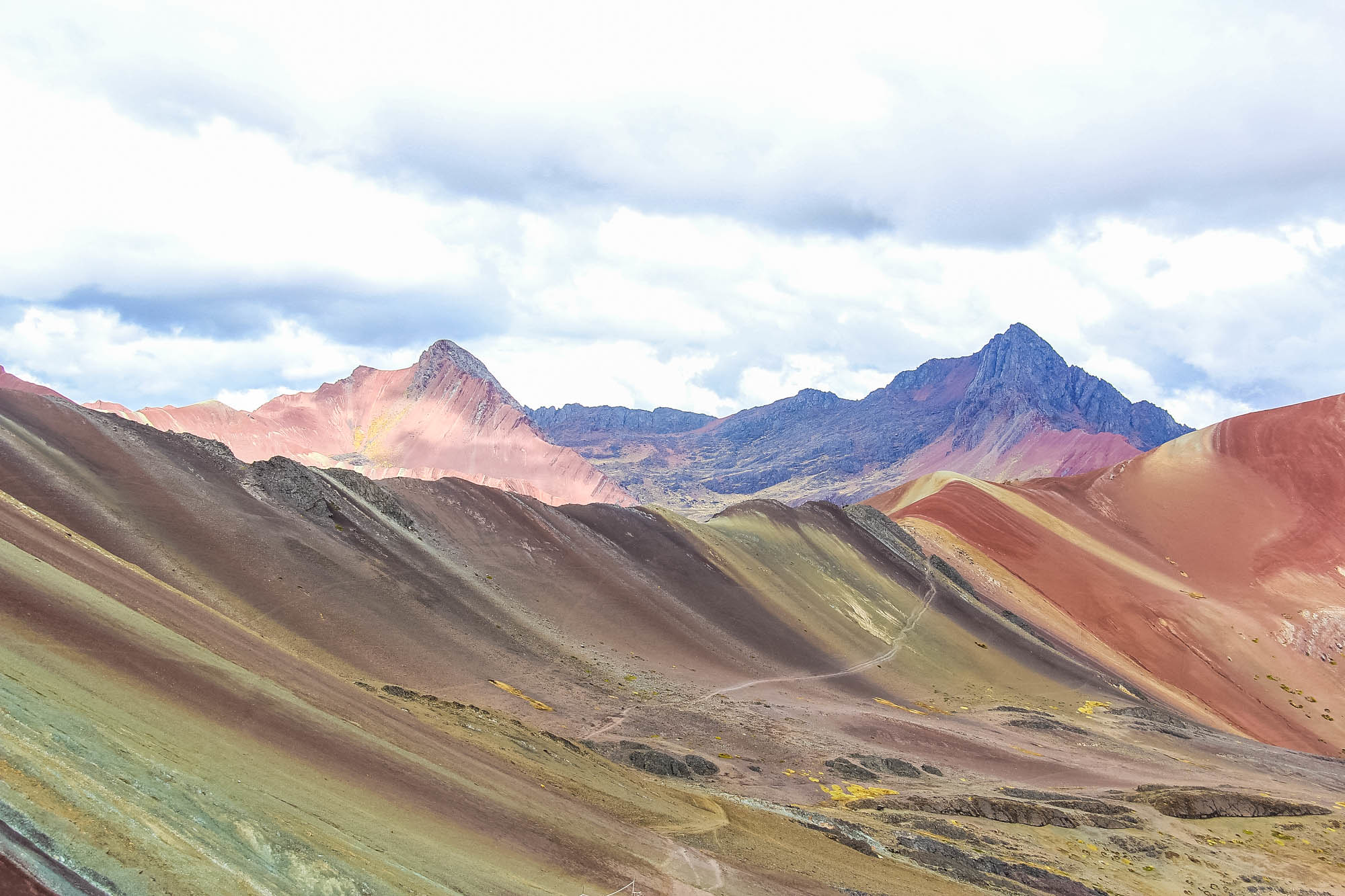
Rainbow Mountain, Peru Photos
You are't logged in
• Create Travel Plans/Trips
• Collect Places You've Been
• Connect with Like-Minded Travelers
• Contribute to the Community by Posting New Recommendations
Already Registered? Login.
